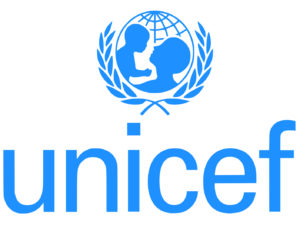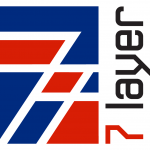Cash Cycle Survey 2018 Results: ‘Birth to Death’ Note Life Tracking increasingly straightforward
Between 19th February and 7th March 7 Layer Solutions surveyed 72 Central Banks around the world about how they are managing their cash cycles. The survey was in two parts, questions about Central Bank cash management infrastructure and about cash management policy and practices outside of the Central Bank.

The response rate has been high allowing the development of a representative view of Central Bank activity in the cash cycle. Answers continue to be received allowing us to build further our understanding of what is actually happening around the world. If any additional Central Banks would like to take part, please contact John Winchcombe at john.winchcombe@7layer.net. We have made a substantial donation to UNICEF based on our promise to give £30 per answer received.
EXECUTIVE SUMMARY
There is movement towards decentralised models of cash management with widespread use of 3rd party sorting and increasing balance sheet release schemes. Despite that, full decentralisation appears to remain limited and even where it is taking place, Central Banks continue to maintain and invest in their own sorting infrastructure.
The infrastructure for effective management of the cash cycle is in place in most Central Banks. This is particularly true for fitness and authentication inspection with all Central Banks using banknote sorters. High speed sorters remain preferred to medium size sorters but mixed estates of sizes and makes of sorter are normal. Central Banks say they will continue to invest heavily in this infrastructure during 2018. Vault management software is now widely used (63% use it). Most Central Banks buy in their vault management software with a minority, 17%, writing their own. Single Note Inspection Machines (SNIM) are widespread as a required finishing and quality inspection method and normal both for Central Banks with their own State Printing Works and those buying in banknotes from commercial suppliers. 69% of those surveyed required SNIM finishing.
The use of data from sorters, particularly linked with serial number reading, is not widely used although the capability is increasingly in place (38% of installed machines are capable of reading serial numbers). This capability will rise further since nearly half of Central Banks intend to buy additional equipment this year and almost all new equipment is now serial number capable. When sensor and serial number data are combined, the Central Bank gets high quality, real time, complete data each time the banknote is seen through a sorter. This allows modelling to take place with high levels of confidence since the data put in at the start is such high quality. The widespread use of machines capable of reading serial numbers (38%), vault management systems (63%) and SNIM (69%) finishing at the printer revealed by this survey means that there is considerable potential to link each of these element, to deliver clarity on banknote performance and the cash cycle.
The full report is available to Central Banks on request. Please email John Winchcombe, Currency Perfomance Consultant at john.winchcombe@7layer.net.
SURVEY DETAILS
- Europe
- Middle East/Africa
- Asia
- Americas


Comments are closed.